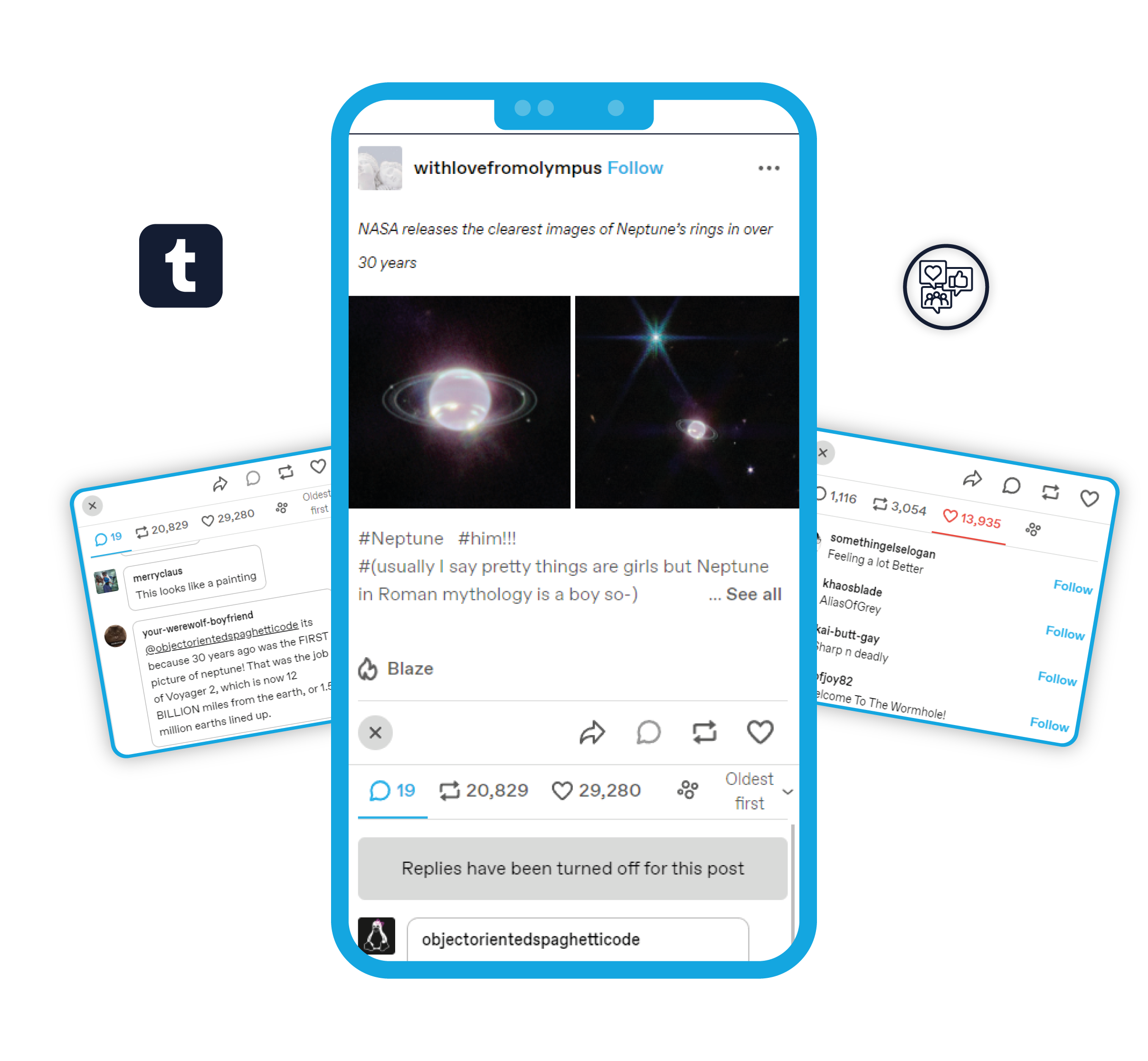








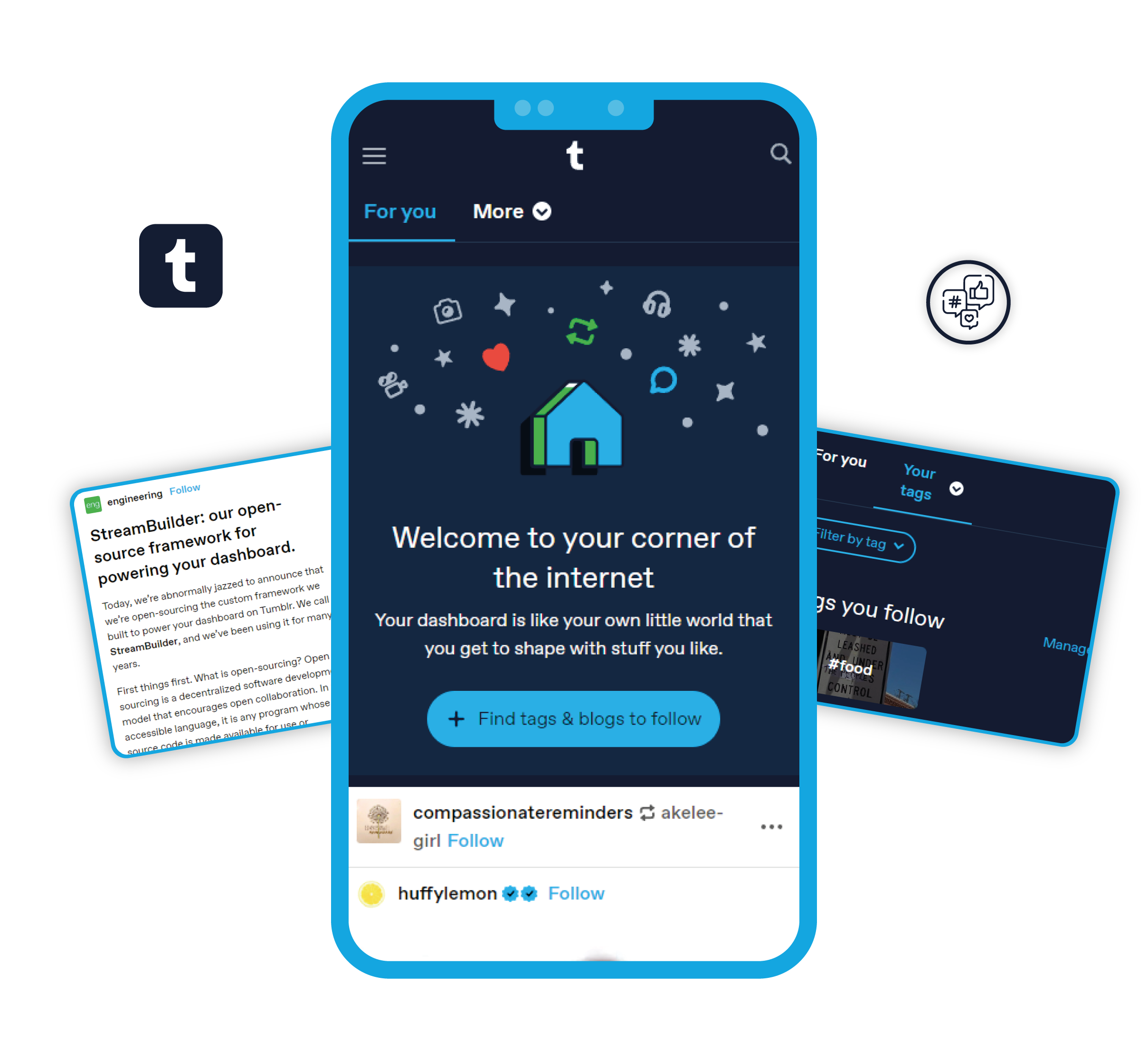
Tumblr is a U.S.-based microblogging and social networking platform specializing in short-form content creation encompassing blogs, images, multimedia, links, humor, fashion, art, and more. With over 513 million unique blogs, Tumblr offers versatile customization to fulfill individual preferences. Scrape data from Tumblr to extract diverse content like short blogs, images, multimedia, and more. Our services offer tailored data extraction to gather and analyze information for informed insights using Tumblr Data Scraper.
We firmly believe in extending our expertise through our Tumblr data extraction services. We aim to empower you with comprehensive data retrieval, catering to diverse content types like short blogs, multimedia, and images. With our services, you gain access to valuable insights for informed decision-making. Following data fields are available from Tumblr:
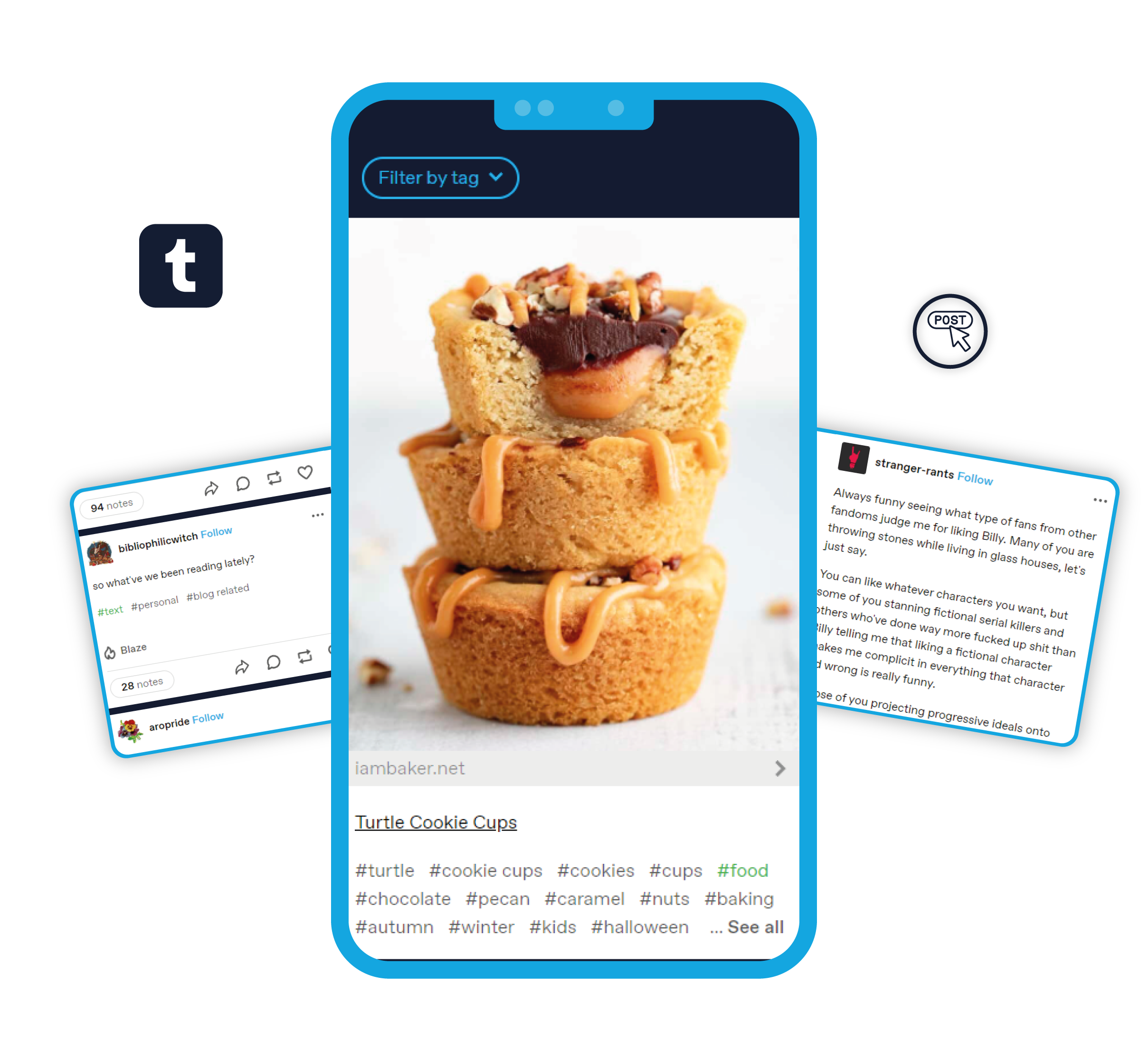
Textual posts on Tumblr encompass a broad spectrum of content. Users share personal thoughts, opinions, stories, anecdotes, and poems and engage in discussions. These posts reflect individual perspectives and interests, making them a cornerstone of the platform's expression. By scraping these posts with the help of social media data scrapers, one can understand the diversity of users' thoughts, explore trending topics, and gain insights into their preferences.
Multimedia content, including images and videos, adds a visual dimension to Tumblr. These visuals complement textual posts, conveying emotions, art, and stories through different mediums. Scrape social media content provide a glimpse into visual trends, artistic creativity, and user engagement. They can also showcase fan art, photography, and visual content unique to the platform.
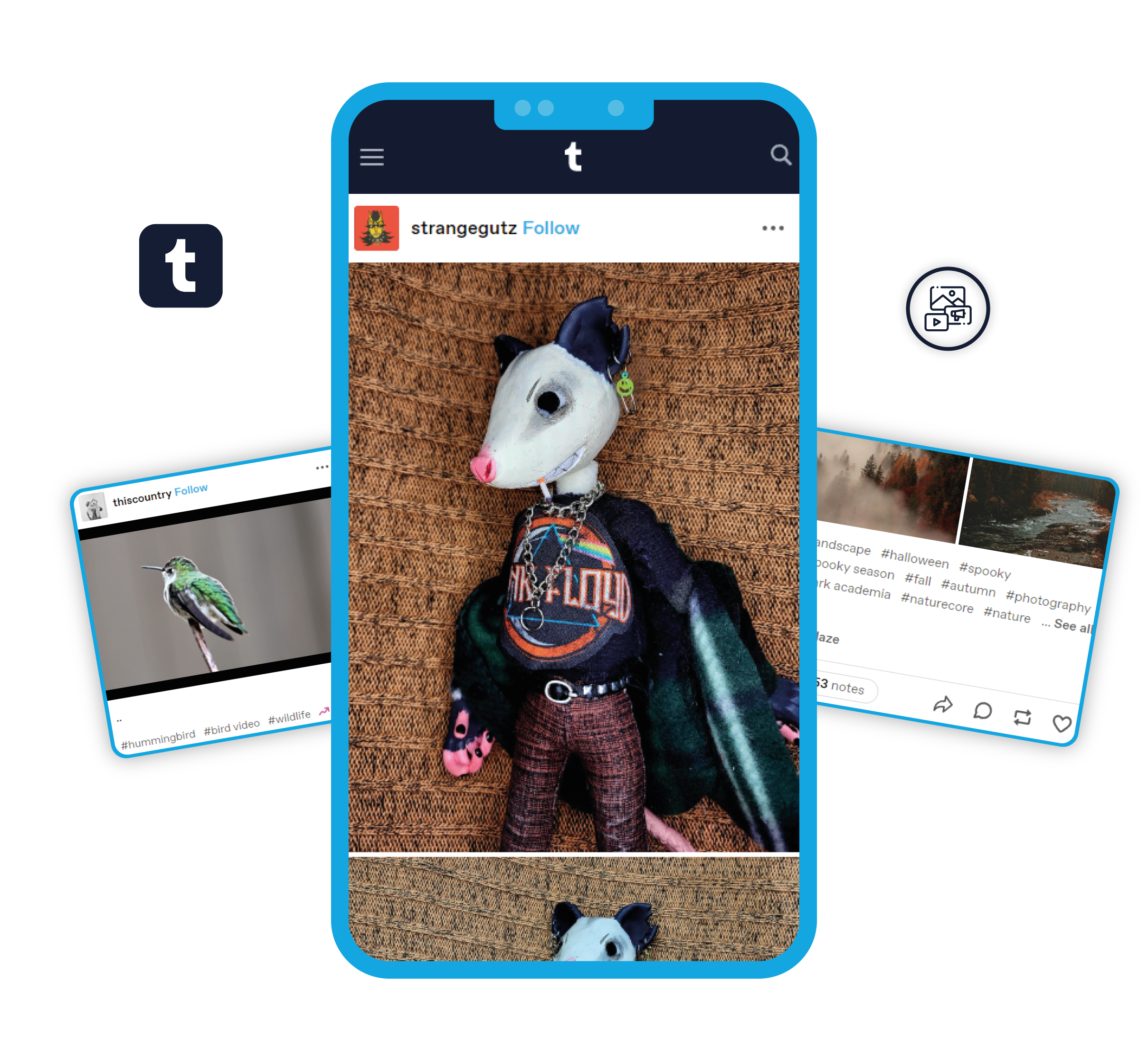
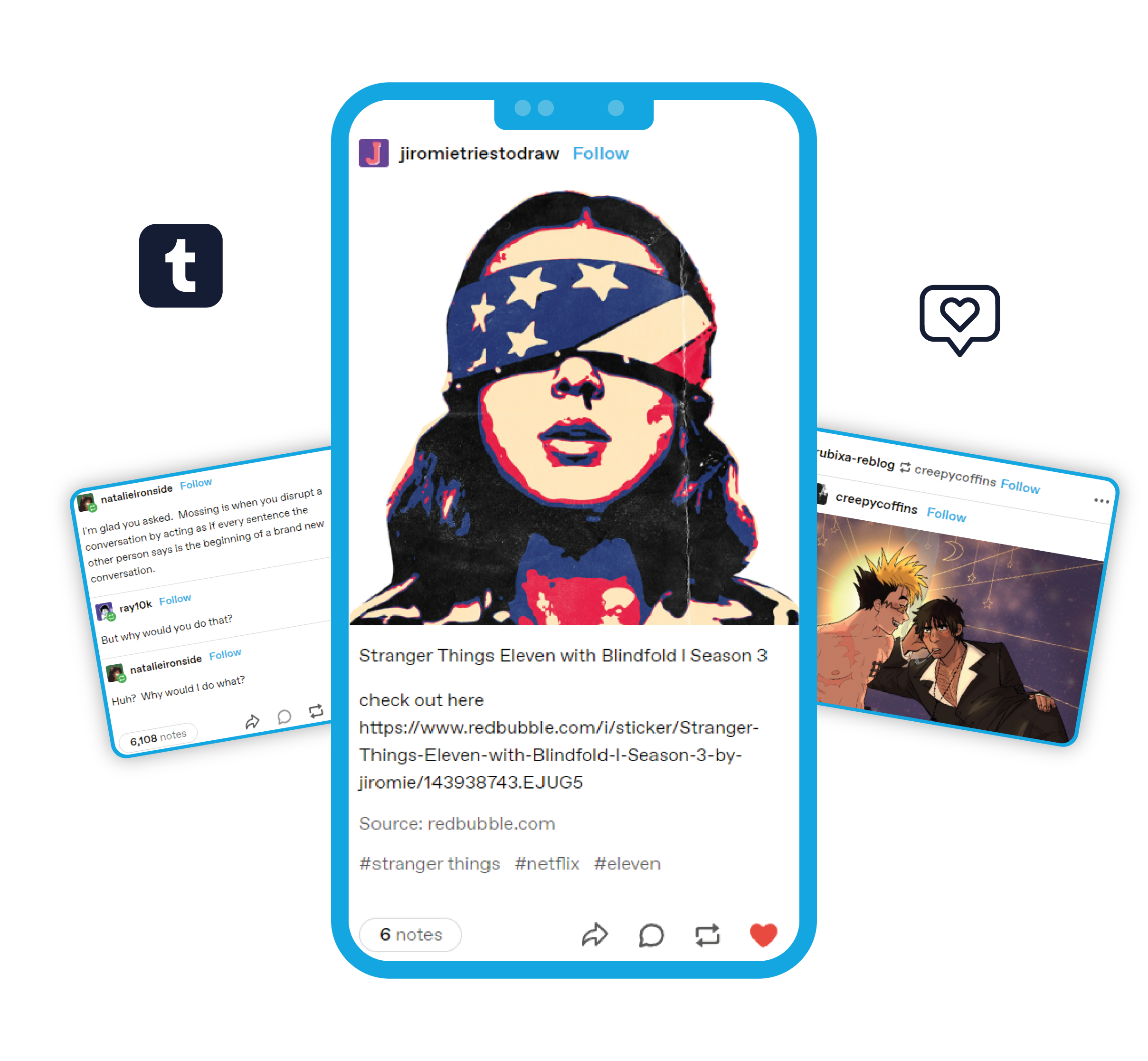
Using social media data extraction, collect likes and reblogs to know how users interact with content. ‘Likes’ denote appreciation, while ‘reblogs’ indicate content sharing within the community. Analyzing these interactions unveils content popularity and resonates with users, contributing to viral posts. Insights gained from likes and reblogs aid in understanding which posts capture users' attention and encourage them to engage.
Extracted user profiles encompass essential information about Tumblr users. Usernames and user IDs help identify individuals, while profile information offers context about their interests, affiliations, and identity. Follower counts indicate user influence, and understanding the network dynamics through profiles helps identify influencers and potential collaborators.
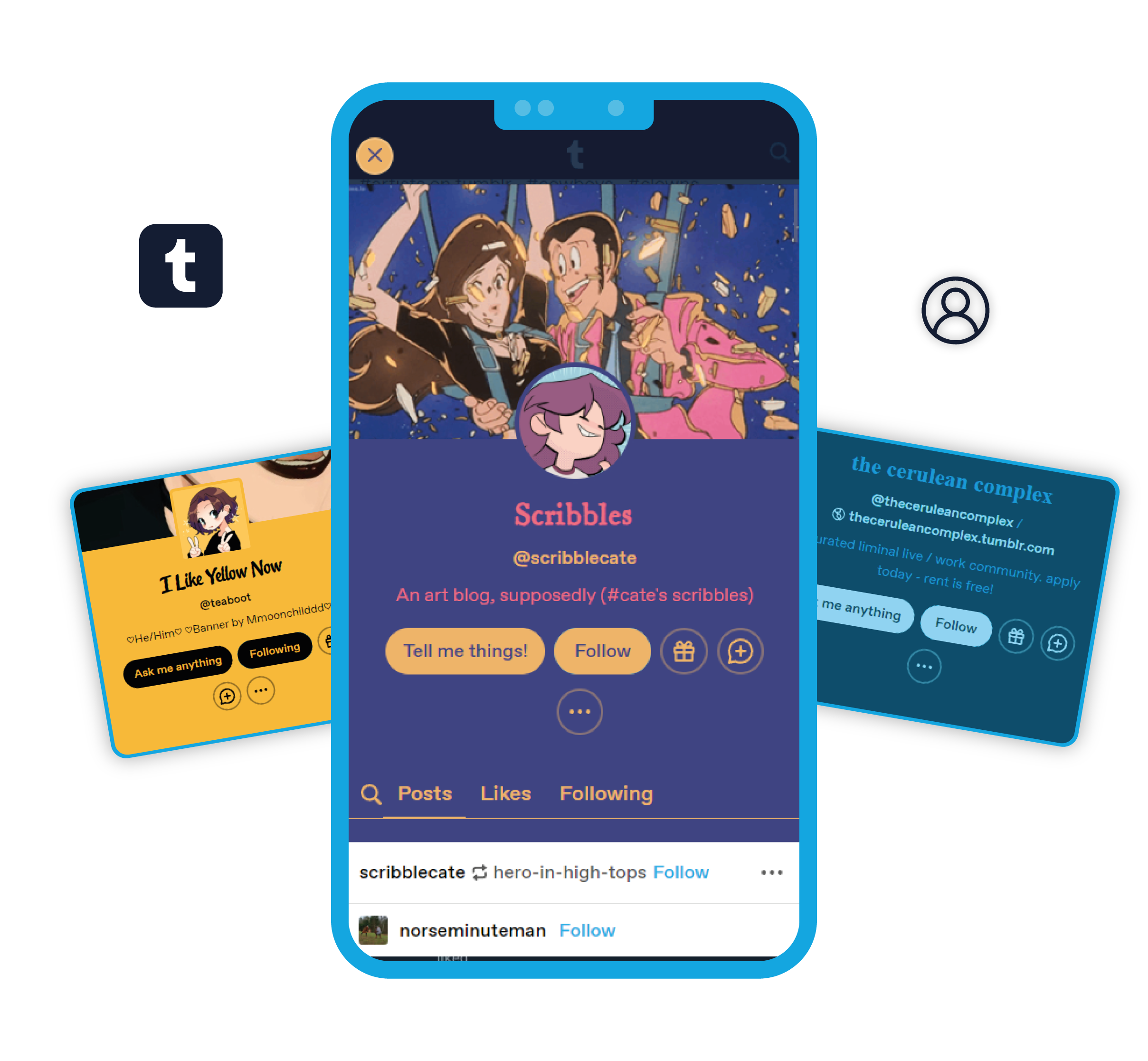
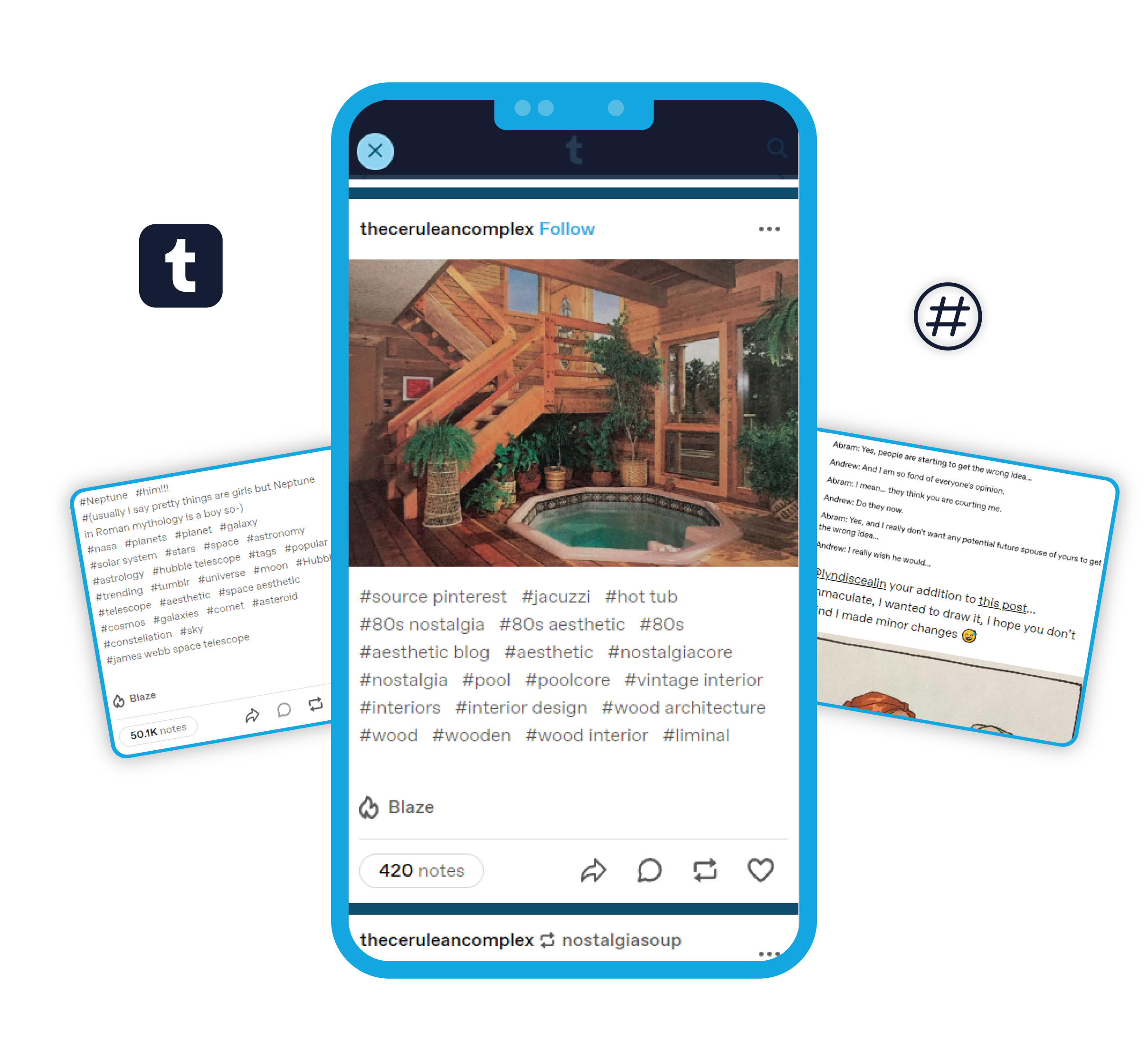
Extracting tags and hashtags associated with posts adds context and categorization. Tags are keywords that users associate with their content, making it discoverable. Analyzing popular tags unveils trending topics, ongoing conversations, and interests within the Tumblr community. This data offers insights into community trends and content themes.
Engagement metrics, including notes and comments, quantify user interactions. High engagement indicates content that resonates and sparks discussions. Quantitative analysis of these metrics reveals which posts stand out, helping users, researchers, and marketers understand the type of content that engages the audience.
